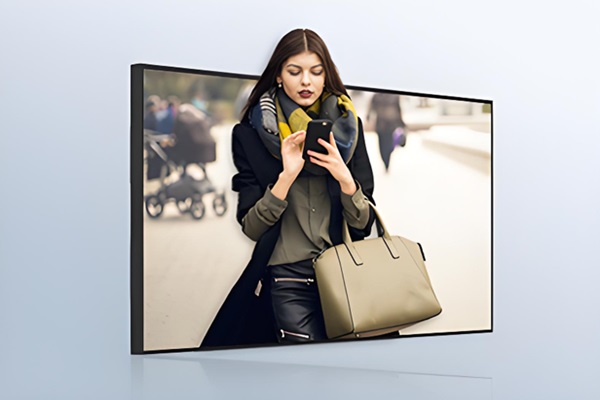Both domestic and international concerts have experimented with innovative visual effects that push the boundaries of stagecraft. Among these, glasses-free 3D screens have become a prominent feature, enchanting audiences and reshaping the traditional notion of live concerts. Recently, a well-known Chinese female singer incorporated glasses-free 3D screens into her concert, and many viewers expressed their amazement on social media.
Assessing the Feasibility of Glasses-Free 3D in Concerts
The feasibility of using glasses-free 3D in concerts can be examined across five key aspects:
-
Viewing angles: Glasses-free 3D effects are most striking when seen from the center front, where audiences get the full sense of depth and dimensionality. While off-center seats may experience reduced impact, most venues are designed with sightlines that naturally favor the main stage, making the technology viable for large audiences.
-
Audience scale: This technology eliminates the need for specialized glasses, making it practical for concerts with tens of thousands of attendees. It ensures that the immersive visuals are accessible to everyone without logistical complications.
-
Screen adaptability: Today’s glasses-free 3D technologies are highly compatible with expansive LED setups, seamlessly supporting central backdrops, side displays, and even floor-based visuals.
-
Commercial value: The unique visual effects of glasses-free 3D help create “viral moments” on stage. Such impressive visual effects spark widespread attention on social platforms, generate significant media interest, and contribute to higher ticket sales along with enhanced sponsorship prospects for performers and event producers.
-
Creative freedom: Designers gain the ability to execute bold concepts, such as bringing virtual characters on stage, enabling rapid scene changes, or creating surreal visual effects that would be impossible with traditional stage setups. This flexibility enhances the storytelling power of live music events.
These factors combined make glasses-free 3D not only a technically feasible option but also an attractive tool for elevating the production quality of concerts.
Advantages of Adopting Glasses-Free 3D Visuals
Integrating glasses-free 3D screens into concerts provides several clear benefits:
-
Enhanced immersion: Audiences feel surrounded by a blend of virtual and physical worlds.
-
Striking visual impact: Ideal for dramatic moments such as openings or climactic segments.
-
High-tech appeal: Adds a futuristic dimension to the show’s overall branding.
These strengths contribute not only to audience engagement but also to the viral potential of concert clips shared on social media.
Technical and Production Challenges
While the benefits are significant, several technical hurdles must be addressed for successful implementation:
-
Viewing angle limitations: The 3D effect is strongest when viewed head-on, with perceptible degradation from side angles.
-
Complex content production: Multi-view 3D assets must be custom-created to match the screen architecture precisely.
-
High synchronization demands: Visuals must align perfectly with performers, lighting, and sound to avoid noticeable mismatches.
-
Cost considerations: High-resolution 3D LED panels and bespoke content production come at a premium, making it suitable mainly for large-scale, high-budget events.
These factors require collaboration between stage designers, visual effects teams, and technical directors to ensure flawless execution.
Conclusion
The application of glasses-free 3D in concerts is proving to be a transformative step for the entertainment industry. By overcoming technical and creative challenges, artists can deliver unforgettable experiences that merge technology with emotion.
For artists and production companies looking to set their shows apart, glasses-free 3D offers a cutting-edge solution. While it demands investment and careful planning, the payoff in audience engagement and media attention can be substantial.






